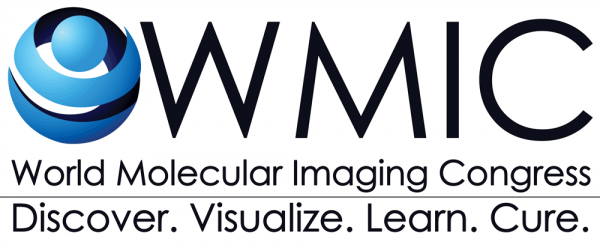Longitudinal bioluminescence imaging to increase the in vitro and in vivo screening efficiency of antifungal activity against Candida albicans biofilms
Grettje Vande Velde, KU Leuven
Fungal infections are a major problem in hospitals, in particular for the increasing number of immune-compromised patients. Candida albicans is an important human pathogen causing mucosal and deep tissue infections of which the majority is associated with biofilm formation on medical implants. Such biofilms have a huge impact on public health, as they are highly resistant against most antimycotics. Animal models of biofilm formation are indispensable for the investigation of biofilm antifungal resistance, the interaction with the host immune system and novel antifungal strategies that are effective in combatting biofilms. Currently, evaluation of the efficacy of antifungal prevention or treatment of biofilms is limited to ex vivo analyses, requiring the sacrifice of many animals in order to reach sufficient statistical power. As an alternative, we investigated the feasibility to perform non-invasive, dynamic imaging and quantification of in vitro and in vivo C. albicans biofilm formation and its treatment by using a bioluminescent C. albicans strain in a subcutaneous catheter model in mice.
Mature 24h-old in vitro biofilms were formed on the bottom of 96-well plates by wild-type and gLuc-expressing C. albicans, washed twice and further incubated for 24 and 48h with different antifungals (fluconazole, amphotericin-B, anidulafungin, micafungin, caspofungin) in a concentration range from 64 µg/ml to 0,125 µg/ml. The resulting fungal load was quantified in parallel with BLI and CFU counting. For screening of antifungal activity against biofilms formed in vivo, gLuc-expressing C. albicans-inoculated catheter pieces were implanted on the lower back of immune-suppressed Balb/C mice (1, 2), allowed to form mature biofilms for 2 days after which antifungal treatment was started (daily during 7 days; fluconazole 125, amphotericin-B 5, anidulafungin 10, micafungin 30, caspofungin 10 mg/kg/day i.v.). The mice were imaged with BLI 2 (baseline), 6 and 9 days after implantation. After the last imaging time point the mice were sacrificed, catheters explanted and CFUs quantified for validation of the results.
In vitro BLI of antifungal activity against C. albicans biofilms resulted in a sufficiently high signal compared to background that allowed immediate, fast, reproducible and quantitative output regarding the dose and activity of different compounds, consistent with gold standard CFU results. Longitudinal monitoring of biofilms formed and treated with different antifungals in vivo using BLI allowed to evaluate and compare the efficacy of antifungal compounds against mature biofilms (Fig.1), thereby overcoming statistical issues with inherently highly variable baseline values. In vivo BLI results regarding the efficacy of amphotericin-B and echinocandins at the evaluated concentrations in mice was consistent with CFU counts. This imaging platform allows more powerful and efficient screening of efficacy, dose range, fungistatic versus fungicidal activity etc… of therapy options against mature biofilms, thereby refining preclinical studies.
1. Vande Velde G. et al. Methods Mol Biol 2014, 1098: 153-67.
2. Vande Velde G. et al. Cell Microbiol 2014, 16: 115-30.
